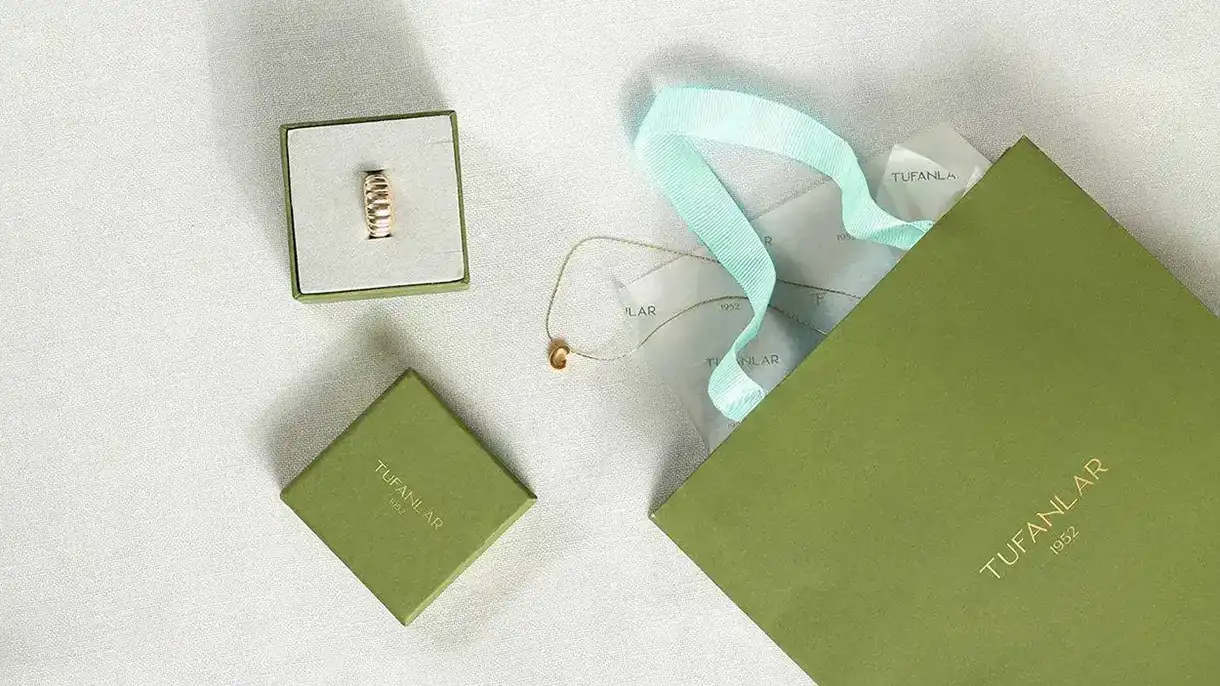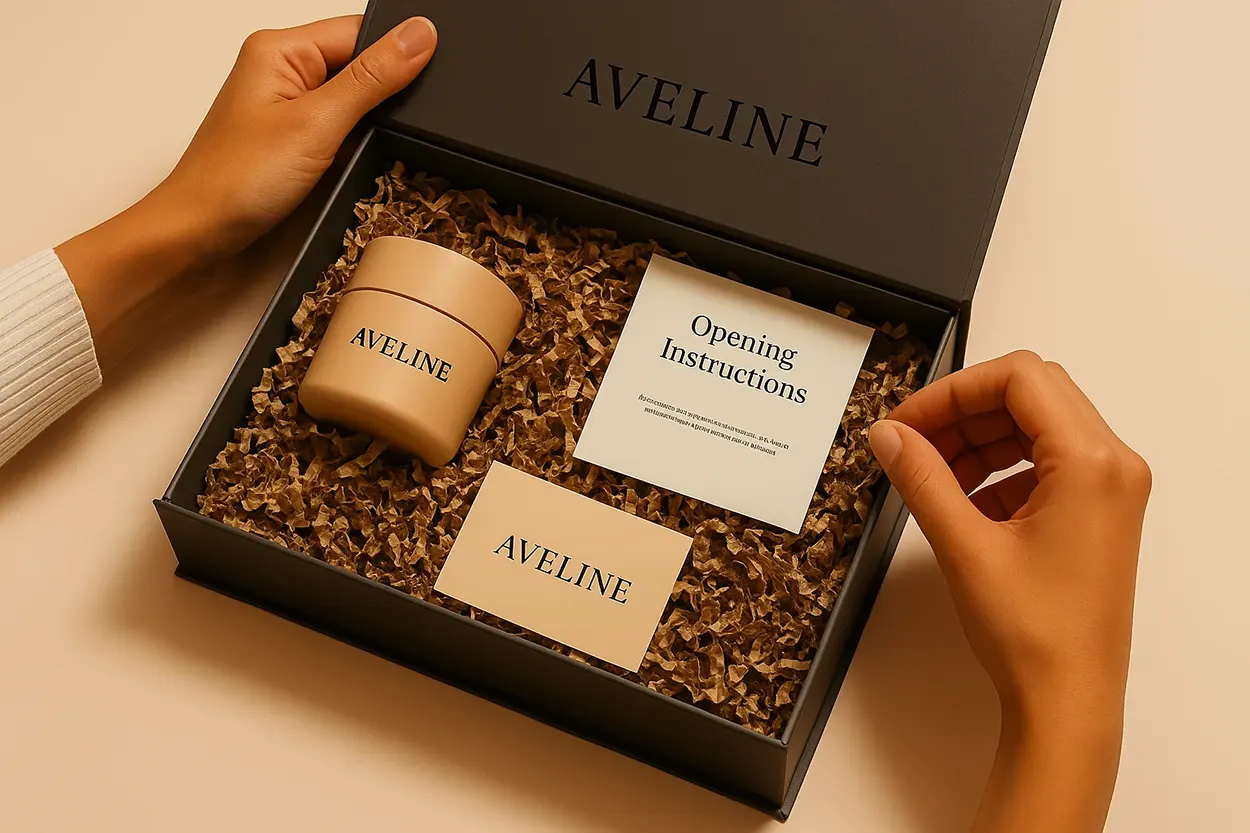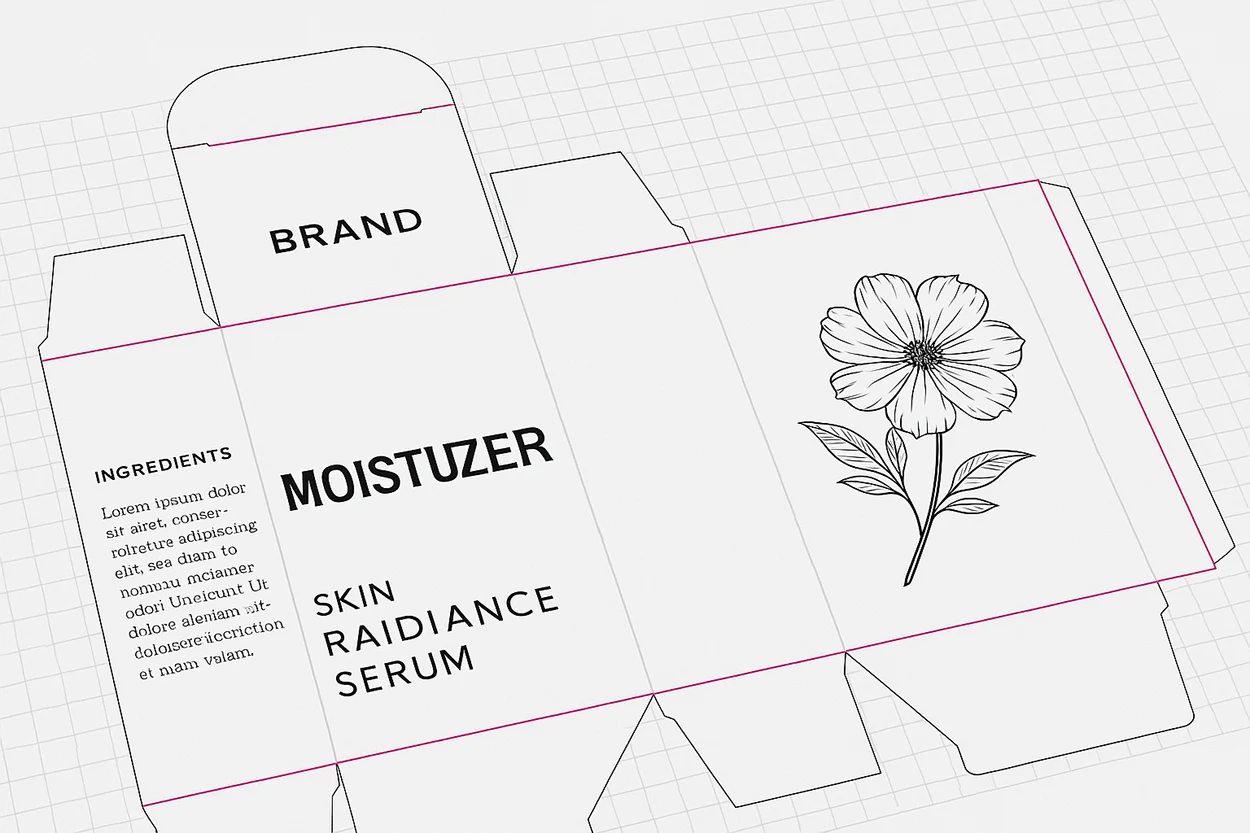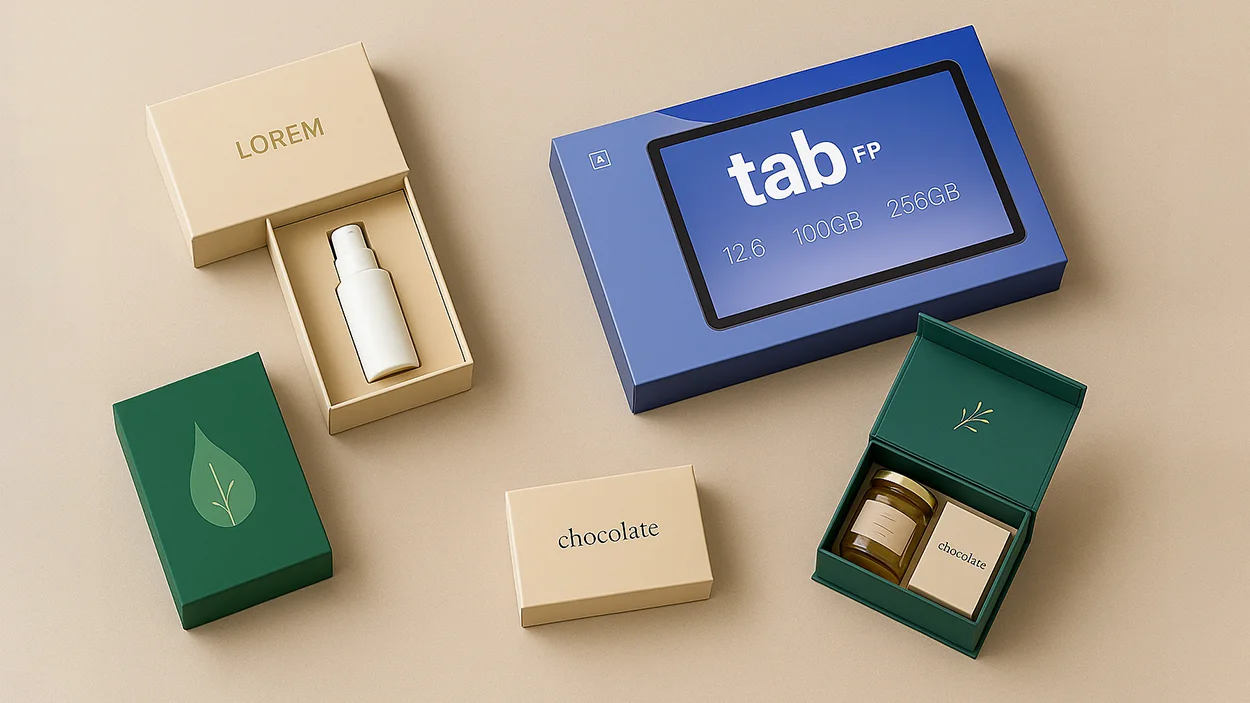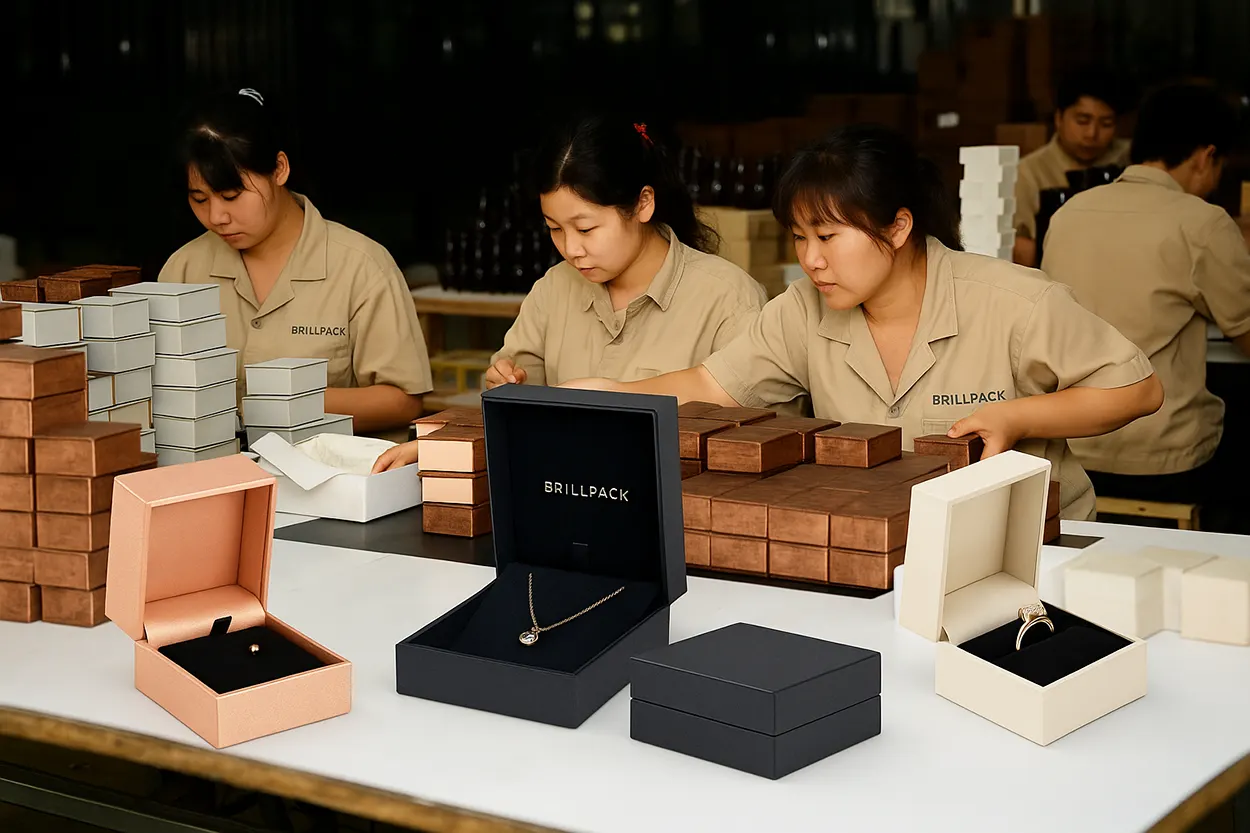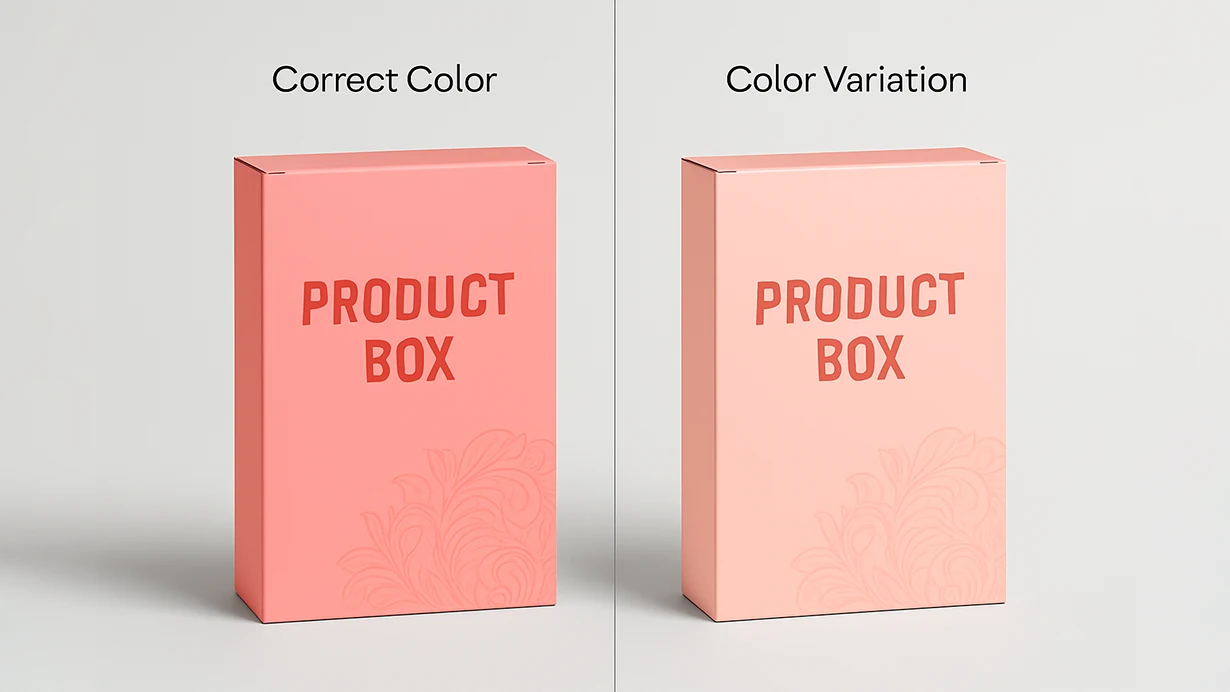The Strategic Importance of Choosing the Right Paper Box Manufacturer
In an increasingly competitive marketplace, the way products are presented and protected can directly influence a brand’s reputation, operational efficiency, and long-term success. Packaging is no longer a mere afterthought; it has evolved into a strategic asset that influences both the customer experience and the bottom line. Choosing the right paper box manufacturer is thus an important decision.
Reliable packaging partners guarantee consistent product quality, enhance brand presentation, support sustainable initiatives, and smooth the supply chain right from the beginning. The fact that the global paper packaging industry is set to continue growing further underlines the importance of this.
According to a report by IMARC GROUP, the global paper packaging market is likely to ascend from a value of USD 438.6 billion in 2024, reaching USD 540.4 billion by 2033, registering a steady CAGR of 2.3% during 2025-2033. There is an evident surge in demand for quality packaging in regions such as the Asia Pacific, which accounts for around 37.34% of the market share, while the U.S. will attain a value of approximately $87.73 billion by 2032.
This upward trend simply means that more manufacturing options are available than ever before. Not all suppliers offer the same level of expertise, customization, quality assurance, or responsiveness, though. By understanding key decision factors-ranging from production capabilities and design expertise to sustainability credentials-you can forge a partnership that sets your products apart. A proper selection leads to enhanced customer satisfaction, stable operations, and the ability to thrive in a global marketplace.
Understand Your Packaging Needs Before You Start
Before evaluating suppliers, it’s crucial to define your specific packaging goals. Different products require different packaging solutions, and clarity here will help streamline your search.
Identify Functional Requirements: Consider product dimensions, fragility, and shipping conditions. Determine whether you need simple cartons or custom printed boxes with precise specifications.
Determine Volume and Frequency: Will your orders be seasonal, continuous, or one-off? Knowing approximate volumes ensures the chosen manufacturer can scale to meet demand.
Visual and Branding Objectives: Packaging doubles as a marketing tool. Consider how design, color schemes, and finishes can strengthen brand identity and elevate the customer experience.
Quick Checklist:
- List all product dimensions and special protective needs.
- Outline desired packaging aesthetics and brand elements.
- Estimate order volumes and frequency to inform supplier capacity requirements.
For a deeper understanding of specialized box styles and materials, explore our paper box solutions and related resources.
Evaluating Manufacturer Expertise and Production Capabilities
Once you know what you need, look for a manufacturer with proven expertise. A skilled paper packaging manufacturer offers industry insights, efficient workflows, and consistent output—traits that can significantly reduce lead times and improve product quality.
Experience in Your Industry: Seek partners who have a track record of producing packaging solutions similar to what you require. Evaluate case studies, client testimonials, and sample portfolios.
Production Capacity: Confirm that the manufacturer’s facilities, equipment, and labor force can handle both current and future order volumes without compromising quality.
Technological Proficiency: Modern equipment, such as advanced printing presses and automated cutting machines, not only speed production but also improve precision.
Practical Tips:
- Request a factory tour—either in person or virtual—to observe processes firsthand.
- Ask about contingency plans if there is a sudden increase in demand.
- Review their investment in research and development, as this can signal a forward-looking, innovative partner.
Assessing Quality and Industry Certifications
Quality assurance is non-negotiable. Packaging that fails to protect the product or align with brand standards can damage customer trust and increase returns. Certifications are a strong indicator of a supplier’s commitment to meeting rigorous standards.
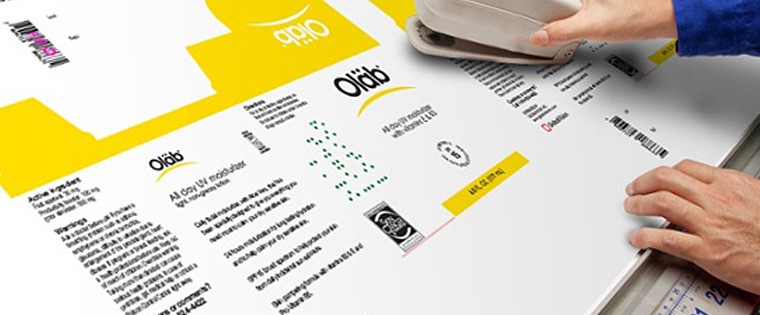
Quality Management Systems: Look for compliance with ISO standards, which indicate robust quality control processes.
Sustainability and Material Certifications: Certifications from organizations like the Forest Stewardship Council (FSC) ensure materials are sourced responsibly.
Product Samples and Testing: Request samples to inspect material quality, print clarity, and structural integrity. Inquire about testing protocols like compression and drop tests to confirm durability.
By ensuring that your chosen manufacturer maintains strict quality controls, you reduce the risk of supply chain disruptions and product rejections, ultimately safeguarding your brand reputation.
Customization and Design Capabilities for Brand Differentiation
Packaging is more than a protective shell; it can become a strategic brand asset. Personalized textures, colors, logos, and messaging create a cohesive unboxing experience that resonates with customers.
Creative Services: Seek a paper packaging manufacturer offering in-house design teams or partnerships with design agencies. Professionals can transform your brand vision into functional, eye-catching boxes.
Advanced Printing Options: Digital printing, offset printing, and specialty coatings can help achieve vibrant colors and intricate details. Consider innovations like spot UV, foil stamping, or embossing.
Structural Engineering: Customized box shapes can maximize shelf presence and enhance product protection. Ask about structural prototypes and mock-ups to refine designs before committing to large runs.
Actionable Tips:
- Share brand guidelines and any existing packaging designs for reference.
- Inquire about sampling services to test new packaging concepts before large-scale production.
- Consider adding features like QR codes or augmented reality triggers to engage customers and differentiate your brand.
Comparing Pricing Structures and Assessing True Value
Price is often a top consideration, but the lowest unit cost does not always guarantee the best value. Focus on total cost of ownership, which includes quality, service reliability, and any hidden fees.
Transparent Quotes: Request detailed proposals that break down costs for materials, printing, labor, and shipping. Avoid unpleasant surprises by clarifying if design adjustments, tooling, or setup fees are included.
Volume Discounts: Larger orders may qualify for reduced per-unit costs. Confirm whether your supplier offers scalable pricing structures as demand grows.
Balance Quality and Cost: Cheaper materials may reduce upfront costs but risk damaged products and lost revenue. Investments in durable, well-branded packaging often pay off in enhanced customer satisfaction and fewer returns.
Cost-Evaluation Checklist:
- Request itemized quotes detailing each cost element.
- Discuss discounts for bulk orders or long-term contracts.
- Confirm payment terms and any flexibility in production scheduling.
Assessing the real value, not just the sticker price, ensures you invest in packaging solutions that support consistent brand experiences and efficient operations over time.
Sustainability Considerations and Eco-Certifications
The demand for green packaging continues to rise. Globally, companies go greener to reduce environmental impact and to meet regulatory and customer preferences.
Responsibly Sourced Materials: Paper products certified by organizations like FSC assure that materials come from well-managed forests. Recycled content and biodegradable inks further reduce the ecological footprint.
Energy-Efficient Production: Manufacturers of renewable energy, efficient machinery, and practices of waste reduction contribute to shrinking the carbon footprint of your supply chain.
Green Branding Opportunities: Highlighting the sustainable aspects of packaging can reinforce brand values while enticing those consumers who are more environmentally aware.
Sustainability Checklist:
- Check for FSC or other eco-certifications.
- Inquire about recycled content and biodegradable materials.
- Review the manufacturer’s environmental policy or sustainability report.
By partnering with a supplier aligned with your environmental goals, you strengthen both brand integrity and long-term market positioning.
Ensuring Reliable Communication and Customer Support
A successful partnership extends beyond manufacturing capabilities and pricing. It hinges on reliable, responsive communication and a willingness to address issues swiftly.
Dedicated Account Managers: A single point of contact can streamline processes, ensure consistency, and provide timely updates.
Clear Communication Channels: Confirm availability by phone, email, or online chat. Quick response times help prevent misunderstandings and keep projects on schedule.
After-Sales Support: Even after delivery, reliable support is vital. Good manufacturers assist with troubleshooting, handle replacement requests, and adapt to changing requirements over time.
Communication & Support Tips:
- Set communication protocols and response time expectations upfront.
- Consider suppliers that offer 24/7 support or dedicated account managers.
- Evaluate the professionalism and courtesy of the sales and customer service teams.
Solid communication fosters trust, encourages long-term collaboration, and helps ensure that your packaging solutions consistently meet evolving business needs.
Operational Reliability: Lead Times, Flexibility, and Scalability
Timely delivery and the ability to scale production are crucial operational factors. Delays or shortages can disrupt your entire supply chain, leading to missed deadlines and unhappy customers.
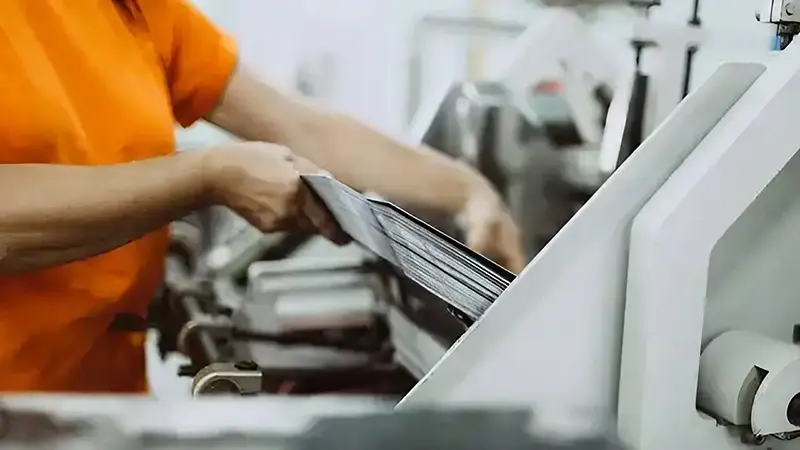
Lead Time Commitments: Confirm standard production and shipping times. A manufacturer’s ability to meet deadlines reliably demonstrates operational efficiency.
Adaptability to Market Fluctuations: If demand spikes due to seasonal promotions or sudden growth, can the supplier ramp up production? Flexibility ensures you won’t be caught off-guard by changing market conditions.
Storage and Logistics Coordination: Some manufacturers offer warehousing or distribution services. Coordinated logistics streamline the delivery process and may reduce handling costs.
Operational Reliability Checklist:
- Confirm standard lead times and rush-order capabilities.
- Ask about inventory management and warehousing options.
- Discuss contingency plans for sudden changes in demand.
A dependable partner helps maintain a stable supply chain, reduces downtime, and supports consistent sales growth.
Future Trends in Paper Box Manufacturing
New materials, improvements in digital printing, and the integration of technology in packaging design are constantly changing the landscape of paper packaging. With a forward-thinking paper packaging manufacturer, your business is future-proofed.
Smart Packaging: Integrating QR codes, NFC tags, or augmented reality can enhance product interaction and provide customers with additional product information or promotions.
Advanced Printing Technologies: High-resolution digital printing enables shorter runs, personalization, and rapid prototyping. This flexibility caters to dynamic marketing campaigns and evolving brand aesthetics.
Continued Emphasis on Sustainability: Further improvement in biodegradable coatings, renewable materials, and waste reduction techniques will be noticed. Packaging will increasingly reflect environmental responsibility and brand authenticity.
Looking Ahead Tips:
- Inquire about the manufacturer’s R&D investments and upcoming innovations.
- Assess their familiarity with smart packaging and interest in sustainable materials.
- Monitor the latest industry news and market studies, such as those by IMARC GROUP, to keep updates on trends.
With a manufacturer who’s ready for the future, you put your products in the best position to remain competitive and desirable in an ever-evolving marketplace.
Conclusion: Taking the Next Step Toward a Successful Partnership
Choosing a paper box manufacturer is a very strategic decision that will impact every stage of your product’s journey, from production to unboxing. By understanding your packaging needs, evaluating various suppliers’ capabilities and certifications, comparing pricing structures, and emphasizing sustainability and innovation, you position your brand to thrive in a dynamic marketplace.
Before making a final decision, request samples, review detailed quotes, and have open discussions about timelines, communication protocols, and long-term objectives. Whether it’s securing high-quality custom printed boxes or exploring the latest trends in paper packaging, a well-chosen partner can add measurable value to your operations and reputation.
Consider reaching out to request a consultation, sample kit, or a detailed proposal to ensure your next paper packaging investment truly supports your business goals. Visit our contact page to take the next step toward achieving more secure, sustainable, and visually compelling packaging solutions.
FAQ Section
What certifications should a paper packaging supplier have?
Look for certifications such as ISO for quality management, FSC to ensure responsibly sourced materials, and any regional environmental standards that signal sustainable practices.
How can I verify the quality of a manufacturer’s products?
Request samples, review their quality control protocols, and check for references or testimonials from previous clients. Certifications and documented testing procedures also reassure that standards are consistently met.
What are the benefits of custom printed boxes?
Custom printed boxes can enhance brand recognition, create a memorable unboxing experience, protect your products, and communicate key messaging. They also help differentiate your brand in a crowded marketplace.
How do pricing structures typically work?
Pricing often depends on factors like material quality, print complexity, order volume, and additional services like design consultation. Requesting a detailed quote upfront ensures you understand all cost components.
What should I consider when planning future packaging needs?
Keep an eye on emerging trends like smart packaging and sustainable materials. Consider whether your chosen manufacturer invests in research and development, enabling you to pivot and adapt as markets evolve.
Contact for a Free Consultation!


